
Dogs are known for their quirky behaviors, many of which can leave their owners scratching their heads. From tail chasing to zoomies, these seemingly odd actions often have deeper meanings rooted in instincts, emotions, or health. While some behaviors, like head tilting or twitching during sleep, are harmless and even endearing, others, such as eating non-food items or scooting, might signal underlying issues. These are ten odd dog behaviors and what they actually mean.
1. Tail Chasing

Tail chasing is a behavior that often appears playful, especially in puppies, but can sometimes indicate underlying issues. While occasional tail chasing is normal, excessive or obsessive pursuit of the tail may signal boredom or a lack of mental stimulation. In some cases, it could be a sign of anxiety or stress. Medical problems, such as skin irritations or anal gland issues, might also trigger this behavior. In older dogs, persistent tail chasing could be a symptom of cognitive decline. If the behavior becomes compulsive, it might be a sign of Canine Compulsive Disorder (CCD).
2. Head Tilting

Head tilting is an endearing dog behavior that often has simple explanations. Most commonly, dogs tilt their heads when they’re concentrating on a sound or word they recognize, trying to pinpoint the source of noise, or responding to a tone of voice that interests them. Positive human reactions may also reinforce this behavior, as many owners find it cute and respond with affection or treats. However, it’s worth noting that a persistent head tilt, especially if it’s new or accompanied by other symptoms, could indicate an ear infection or neurological issue.
3. Eating Poop
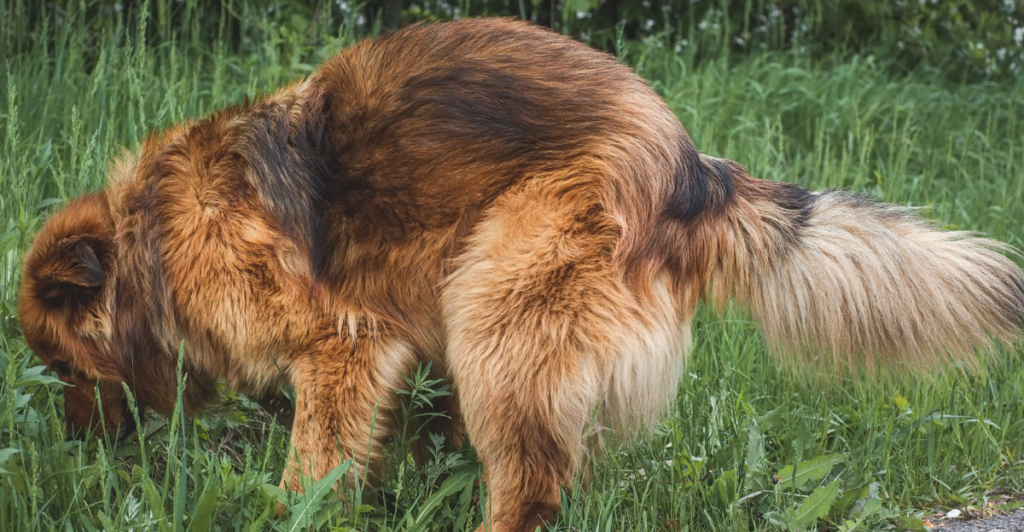
Coprophagia, or the act of eating poop, is a behavior that disgusts most dog owners but is surprisingly common in the canine world. There are several reasons why dogs might engage in this unpleasant habit. Nutritional deficiencies can drive dogs to seek out additional nutrients in feces. Internal parasites might also cause this behavior as the dog tries to replenish lost nutrients. Stress or anxiety can lead to coprophagia as a coping mechanism. Some dogs may eat poop as an attention-seeking behavior, especially if they’ve learned that it elicits a strong reaction from their owners. Surprisingly, some dogs simply seem to enjoy the taste or texture. If your dog regularly eats poop, it’s important to rule out medical issues and address any underlying causes with the help of a veterinarian.
4. Scooting
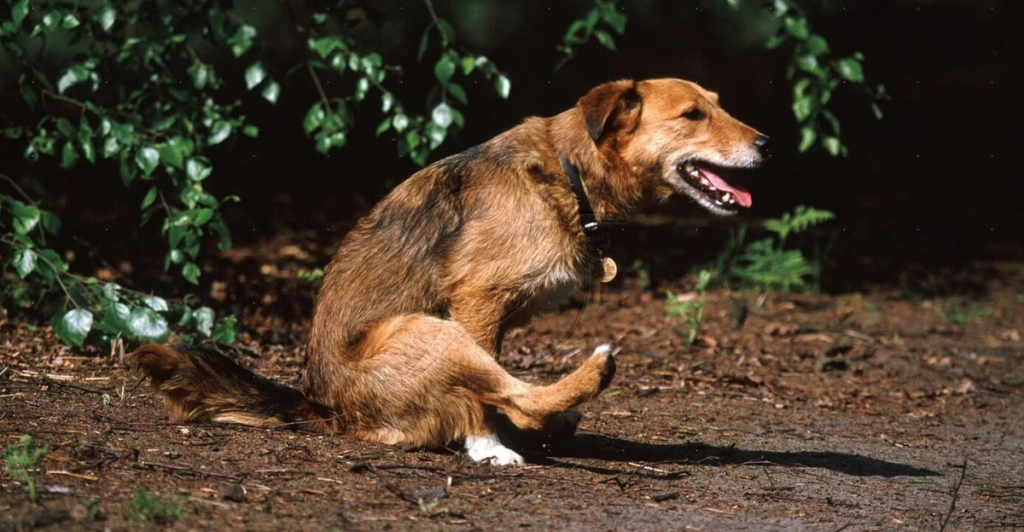
Scooting, where a dog drags its bottom across the floor, is often a sign of discomfort in the anal area. The most common cause is full or impacted anal glands, which are small sacs located on either side of the dog’s anus. When these glands don’t empty properly during defecation, they can become uncomfortable or even painful, leading to scooting behavior. Skin irritation around the anus, which can be caused by allergies, infections, or even leftover fecal matter, is another frequent reason for scooting. Sometimes, trapped material like grass or hair in the anal area can cause irritation, prompting the dog to try to relieve the discomfort by dragging its bottom.
5. Spinning in Circles
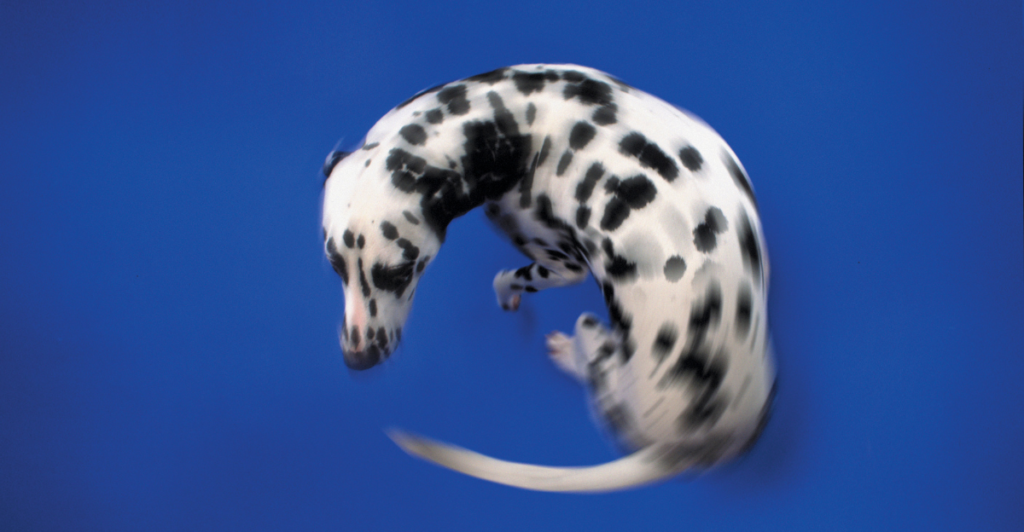
Spinning in circles is a behavior that can have various meanings depending on the context and frequency. It’s normal for dogs to spin a few times before lying down, as this is an instinctual behavior to create a comfortable spot or check for danger. However, excessive spinning might indicate underlying issues. In some cases, it can be a sign of anxiety or stress, particularly if it occurs in specific situations or environments. In older dogs, persistent spinning could be a symptom of cognitive or neurological problems. On a more positive note, dogs often spin in circles when they’re excited, such as before walks or meals.
6. Humping
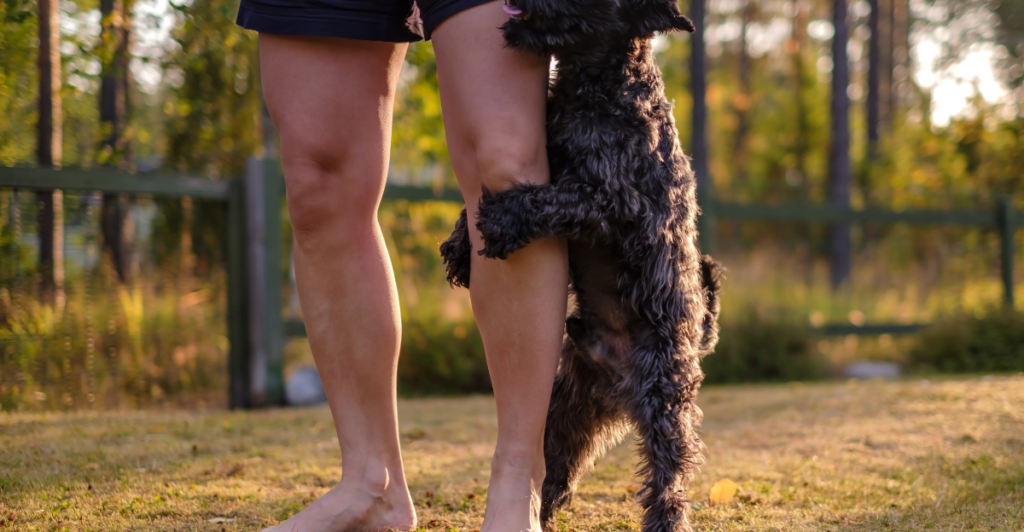
Humping, while often embarrassing for owners, is a complex behavior that isn’t always sexual in nature. In unneutered males, it can indeed be a sexual behavior, but in many cases, it serves other purposes. Some dogs use humping as a way to assert dominance over other dogs or even humans. It can also be a sign of overstimulation, where the dog doesn’t know how to channel its excitement and resorts to humping. Stress or anxiety can trigger this behavior as well, serving as a coping mechanism. In some instances, excessive humping might indicate medical issues, particularly if it’s a new behavior in an older dog.
7. Rolling in Smelly Things

Rolling in smelly substances is a behavior that often baffles and disgusts dog owners, but it’s deeply rooted in canine instincts. One theory suggests that dogs roll in strong-smelling things to mask their own scent, a behavior inherited from their wild ancestors who needed to hide their smell from prey or predators. Another explanation is that dogs use this behavior to collect interesting smells to “share” with their pack, essentially bringing back information about their environment. When dogs roll in their owners’ laundry or bed, they might be trying to cover themselves in a familiar, comforting scent.
8. Zoomies
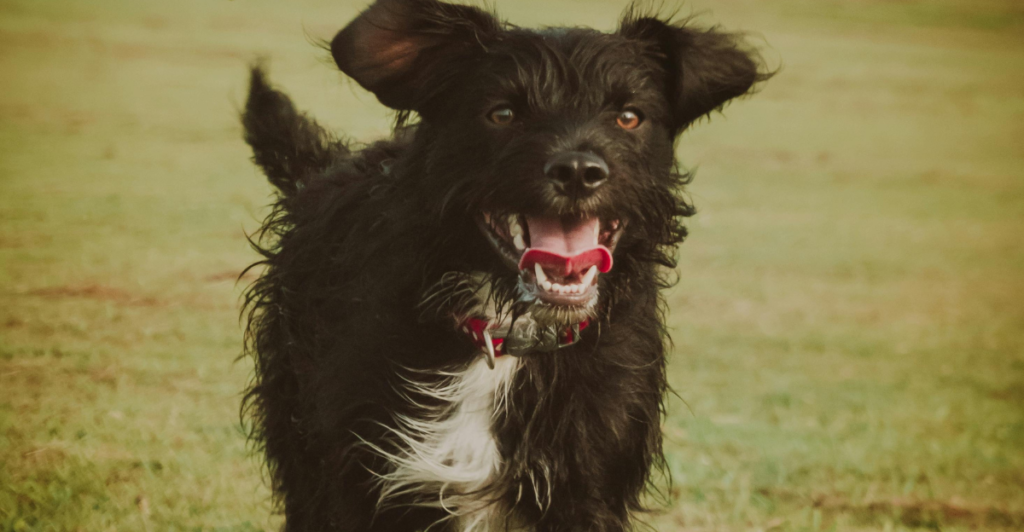
“Zoomies,” officially known as Frenetic Random Activity Periods (FRAPs), are those sudden bursts of energy where dogs run around frantically, often in circles. This behavior is generally considered normal and is usually just a way for dogs to release pent-up energy. Zoomies are more common in younger dogs and often occur after periods of inactivity, such as waking up from a nap or being let out of a crate. They can also happen after stressful situations, like bath time, as a way to relieve tension. While zoomies are typically harmless, providing regular exercise and mental stimulation can help reduce their frequency if they become disruptive.
9. Howling
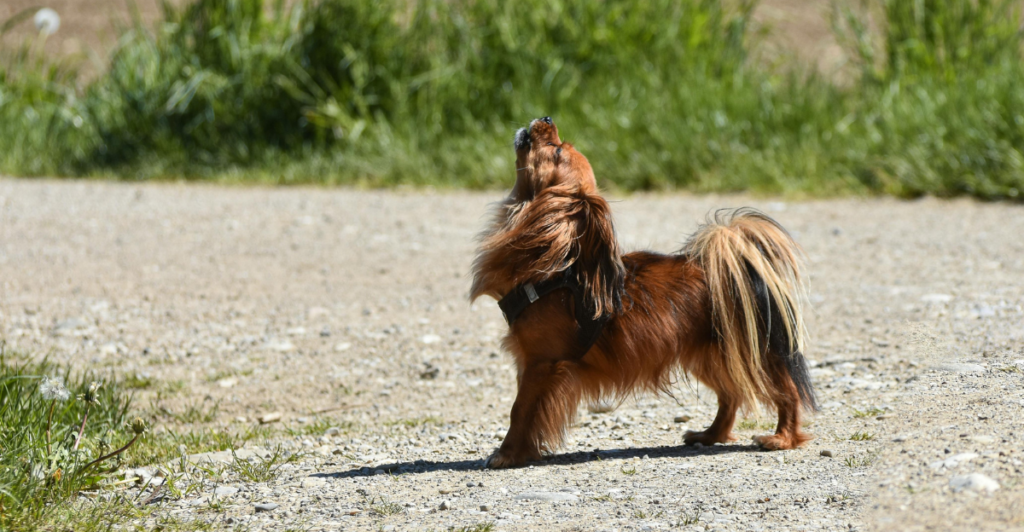
Howling is a primal form of communication for dogs, serving various purposes. One of the main reasons dogs howl is to communicate with other dogs, even over long distances. This behavior is deeply rooted in their wolf ancestry, where howling was used to call pack members or signal location. Dogs may also howl to get attention from their human family members, especially if they’ve learned that this behavior elicits a response. Many dogs howl in response to high-pitched sounds like sirens or musical instruments, possibly because these sounds resemble howls.
10. Eating Non-Food Items
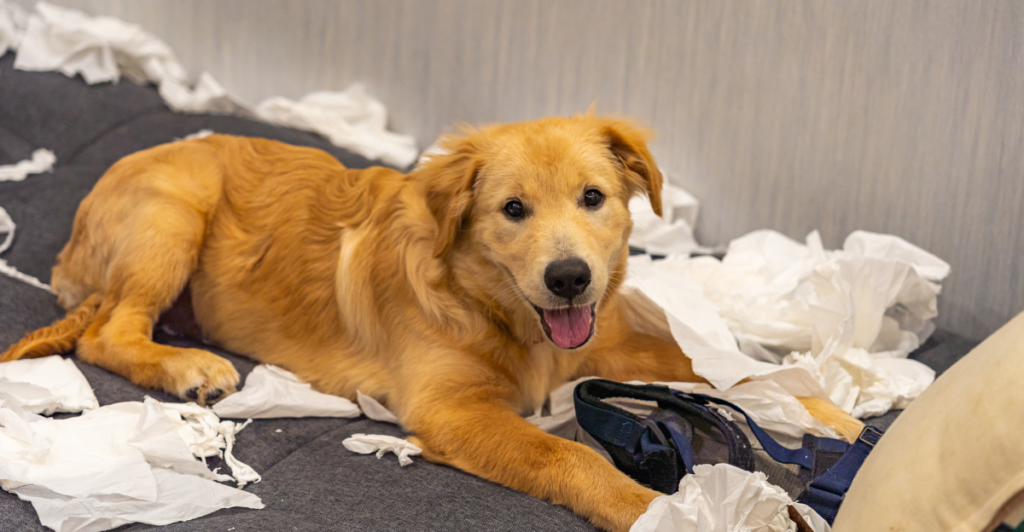
Pica, the behavior of eating non-food items can be concerning for dog owners. There are several potential causes for this behavior. Nutritional deficiencies might drive a dog to seek out and consume unusual items in an attempt to obtain missing nutrients. Boredom or anxiety can also lead to pica, as dogs may chew and swallow objects as a coping mechanism or form of self-soothing. In some cases, pica can be a sign of underlying medical issues, such as gastrointestinal problems or hormonal imbalances. Grass-eating, a common form of pica in dogs, is often associated with stomach upset, although some dogs simply enjoy the taste or texture of grass.
11. Honorable Mention: Twitching During Sleep

Twitching during sleep is a normal and often endearing behavior in dogs. These movements typically occur during the Rapid Eye Movement (REM) stage of sleep, which is when dreaming happens. Just like humans, dogs experience muscle atonia during REM sleep, which prevents them from physically acting out their dreams. However, small twitches, leg movements, and even soft vocalizations can still occur. These behaviors are generally considered harmless and are often accompanied by eye movements behind closed lids. Some owners worry that these movements indicate nightmares, but there’s no evidence to suggest that dogs experience dreams as good or bad.
12. Honorable Mention: Licking People
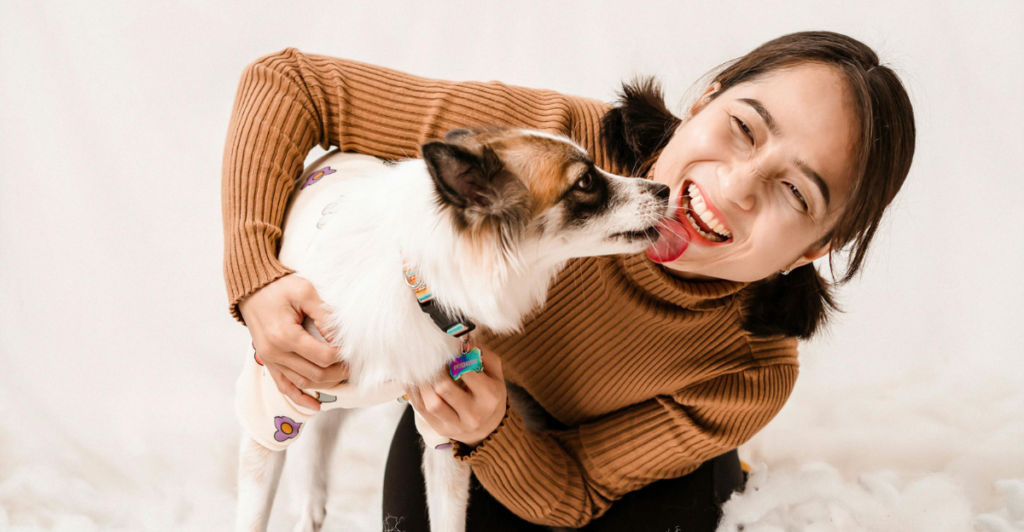
Licking people is a behavior that can have multiple meanings in the canine world. Often, it’s a sign of affection, akin to how a mother dog licks her puppies. Dogs may lick their owners to show love, seek attention, or simply because they enjoy the taste of salty skin. However, excessive licking can sometimes indicate underlying issues. For some dogs, licking can be a sign of anxiety or stress, serving as a self-soothing behavior. It can also be an attention-seeking behavior, especially if the dog has learned that licking elicits a response from their owner. In some cases, excessive licking of people or objects can be a sign of nausea or other medical issues.
Discover more of our trending stories and follow us to keep them appearing in your feed

13 Things Every Owner Should Know When a Dog Dies at Home
12 Foods That Should Never Be Fed To Dogs
12 Dog Breeds That Stay Puppy-Sized Forever
13 Dog Breeds That Will Defend Humans No Matter What
Stay connected with us for more stories like this! Follow us to get the latest updates or hit the Follow button at the top of this article, and let us know what you think by leaving your feedback below. We’d love to hear from you!







